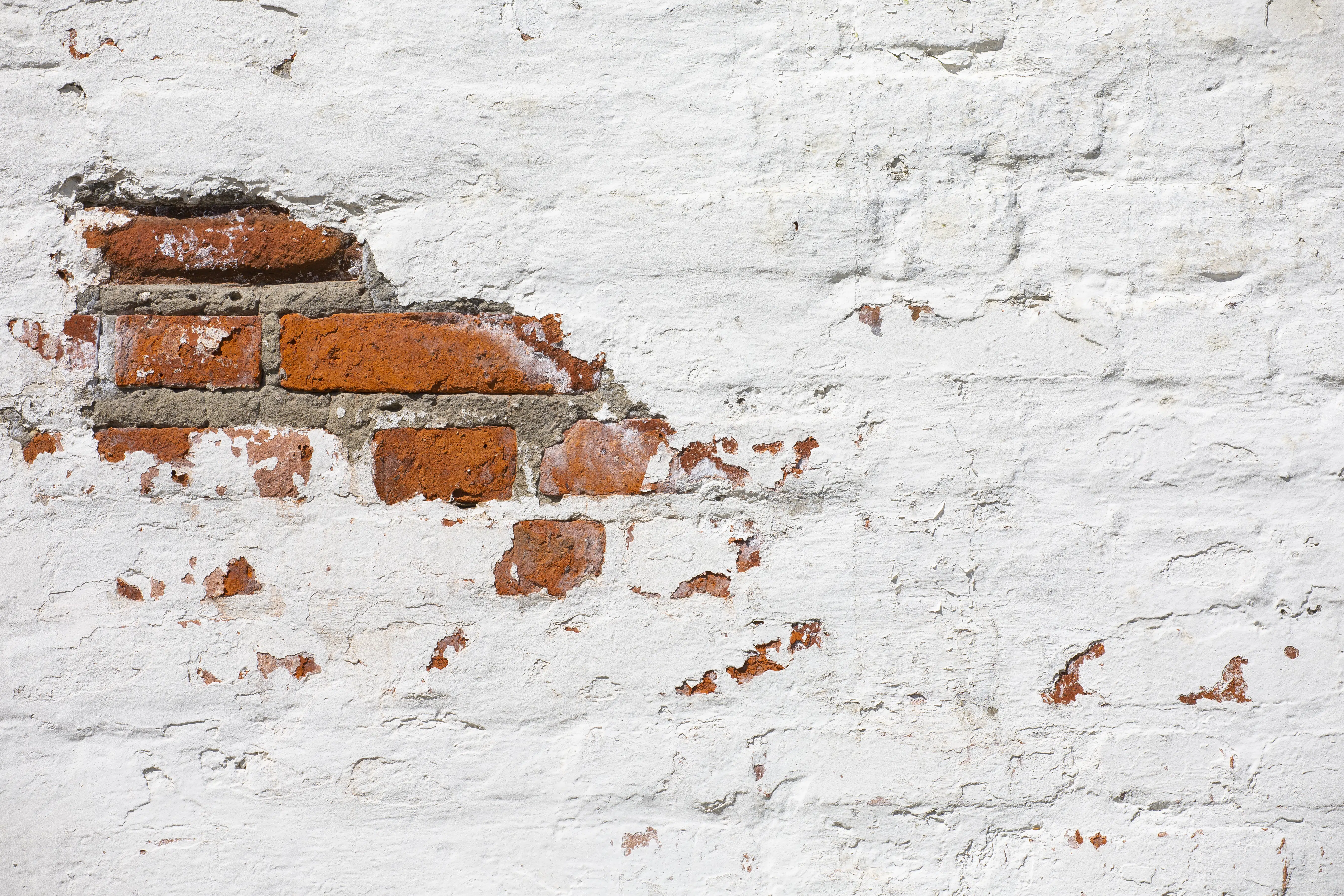This is a common question that often arises when people are rehabbing or updating older construction. Plaster is a cost effective finish, relatively easily installed, that improves the appearance and creates a water resistant wall surface.
A painted surface will not typically absorb water and, as such, is a substrate to which stucco will not readily bond—at least not uniformly. There are two basic alternatives to covering a painted brick surface with a new coating of portland cement plaster.
- Sand blast or water blast to remove the paint in its entirety, then direct apply a two coat system. It is essential to have a surface that is uniformly absorptive to accept the plaster coating. In addition, it may be beneficial to use a bonding agent or dash bond coat with this approach.
- Attach paper backed lath or install appropriate building paper between wall and attached metal lath to provide a moisture barrier and to serve as a bond breaker. Apply traditional three coat stucco to metal lath and accessories. In this approach, the idea is to treat the plaster like a sheathed system, using metal lath to support the plaster on the substrate, while completely isolating the plaster layer from the backup with building paper. This prevents a partial bonding situation, which could set up undesirable stresses in the plaster and lead to cracking.

